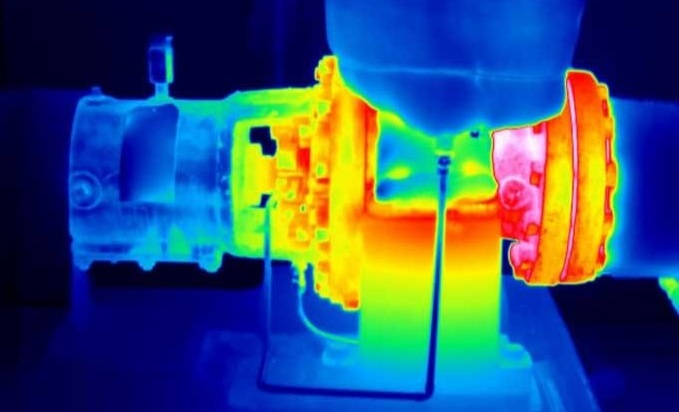Monitoring equipment performance using thermal imaging cameras can significantly reduce the occurrence of unplanned downtime caused by equipment failures, mitigate reactive maintenance expenses, and decrease equipment repair costs, ultimately extending the lifespan of machine assets.
Thermal imaging proves invaluable in identifying irregularities within equipment by revealing hot and cold spots in surface temperature through infrared image capture. Heat often serves as an early indicator of equipment damage or malfunction, underscoring its importance in preventive maintenance programs.
There exist three primary thermal inspection methods, each tailored to specific equipment and required level of detail: baseline, thermal trending, and comparative.

Baseline thermography serves as an initial step for virtually any application. It involves scanning the equipment during commissioning or when operating optimally, establishing a reference point for future inspections. Whether comparing thermal images in the field or using software tools on a PC, this baseline approach facilitates the detection of anomalies over time.
Thermal trending thermography, built upon the baseline, enables comparison of temperature distribution in the same components over time. This aids in identifying declining performance trends, allowing for scheduled maintenance before equipment failure occurs.
Comparative thermography involves scanning similar components under similar conditions and comparing the results. This method relies on the expectation of similar temperature profiles for identical or similar components under comparable loads. Detecting anomalies becomes relatively straightforward with three or more components, although the acceptable temperature difference for anomaly detection varies depending on the components being compared.







